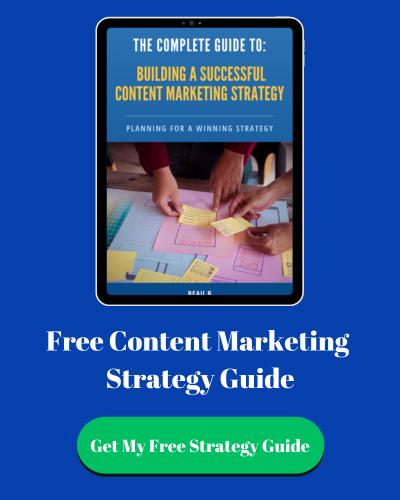The Importance of Nurturing Your Email List
In today’s digitally-driven landscape, having an email list is like owning a goldmine for your business. However, merely collecting email addresses isn’t enough; nurturing your email list is crucial for turning potential leads into loyal customers.
Why Nurture?
Email list nurturing is the process of building and maintaining relationships with your subscribers through targeted and valuable content. The goal is not just to make a one-time sale but to create a lifelong connection.
Personalization: The Secret Sauce
Personalization goes beyond addressing the subscriber by their first name. It involves sending content tailored to individual preferences, behaviors, or past interactions with your brand. This could be as simple as sending a curated list of products based on browsing history or as complex as predictive personalization based on AI algorithms.
Timing: Finding the Sweet Spot
It’s crucial to find the right balance between communicating too often and not enough. Sending emails too frequently can lead to list fatigue and unsubscribes, while sparse communication may cause your audience to forget you. The best practice is to test and adjust based on subscriber engagement.
Types of Emails to Send
Welcome Emails: The first impression matters. A well-crafted welcome email can set the tone for the entire relationship.
Educational Content: Providing value is key to nurturing. Share useful tips, how-to guides, or industry news to keep your audience engaged.
Promotions and Offers: Everyone loves a good deal, but use these sparingly to not come off as overly salesy.
Feedback and Surveys: Asking for feedback not only provides you with valuable insights but also makes the subscriber feel valued and heard.
Best Practices for Personalization
Segmentation: Divide your list based on specific criteria like age, location, or behavior to send more targeted content.
Dynamic Content: Use dynamic content blocks in your emails that change based on the recipient’s characteristics.
Behavioral Triggers: Send emails based on specific actions like cart abandonment or after reading a blog post.
Optimal Times Between Emails
The frequency of your emails depends on various factors such as your industry, the type of content, and your audience’s preferences. However, a general rule of thumb is to send 1-3 emails per week for most businesses. Monitoring open and click-through rates can help you find your sweet spot.
Nurturing your email list is a delicate art that requires strategic planning, personalized content, and optimal timing. With these best practices, you can convert subscribers into not just customers but brand advocates.
Actionable Steps for Effective Email List Nurturing
Understanding the importance of nurturing your email list is one thing, but implementing best practices in real-world scenarios is another. Here are actionable steps you can take right away to get the most out of your email marketing efforts.
Implement a Welcome Series
A series of welcome emails performs better than a single welcome message. The series can include an introduction to your brand, a special offer, and follow-ups that gradually introduce new subscribers to your value proposition.
Use Personalization Tokens
Don’t just stop at using the subscriber’s name. Use personalization tokens to include specific details, such as the last product they viewed or their recent purchase, to make your emails more relevant and engaging.
Leverage Automated Workflows
Automated email workflows, based on behavioral triggers, can help you send the right message at the right time without manual intervention. For instance, if a subscriber abandons their cart, you can trigger an automated email to nudge them to complete the purchase.
A/B Testing is Your Friend
Always be testing. From subject lines to the best times to send emails, A/B testing allows you to make data-driven decisions. For example, you could test whether emails sent on weekdays perform better than those sent on weekends.
Re-engage Inactive Subscribers
Identify subscribers who haven’t interacted with your emails in a while and send them a re-engagement email. This could include a special offer or a simple message asking if they still want to receive emails from you.
Keep Content Fresh and Valuable
Consistently delivering high-quality, valuable content is key to keeping your subscribers engaged. Rotate between different types of content, such as articles, videos, webinars, and infographics, to keep things interesting.
Measure and Adjust
Regularly review your email metrics, such as open rates, click-through rates, and conversion rates, to measure the effectiveness of your nurturing efforts. Adjust your strategy accordingly to continuously improve results.
Nurturing your email list
Your email list is more than a collection of addresses; it’s a community eagerly awaiting valuable content from you. Implement these best practices to transform your email marketing from a mere communication tool to a powerful engine for customer engagement and retention. For more insights and personalized advice, subscribe to our newsletter or reach out to our team for a tailored email marketing strategy that works for you.
Take all the guess work out of nurturing your email list and get our free guide. It is a complete guide to building a successful content marketing strategy.





